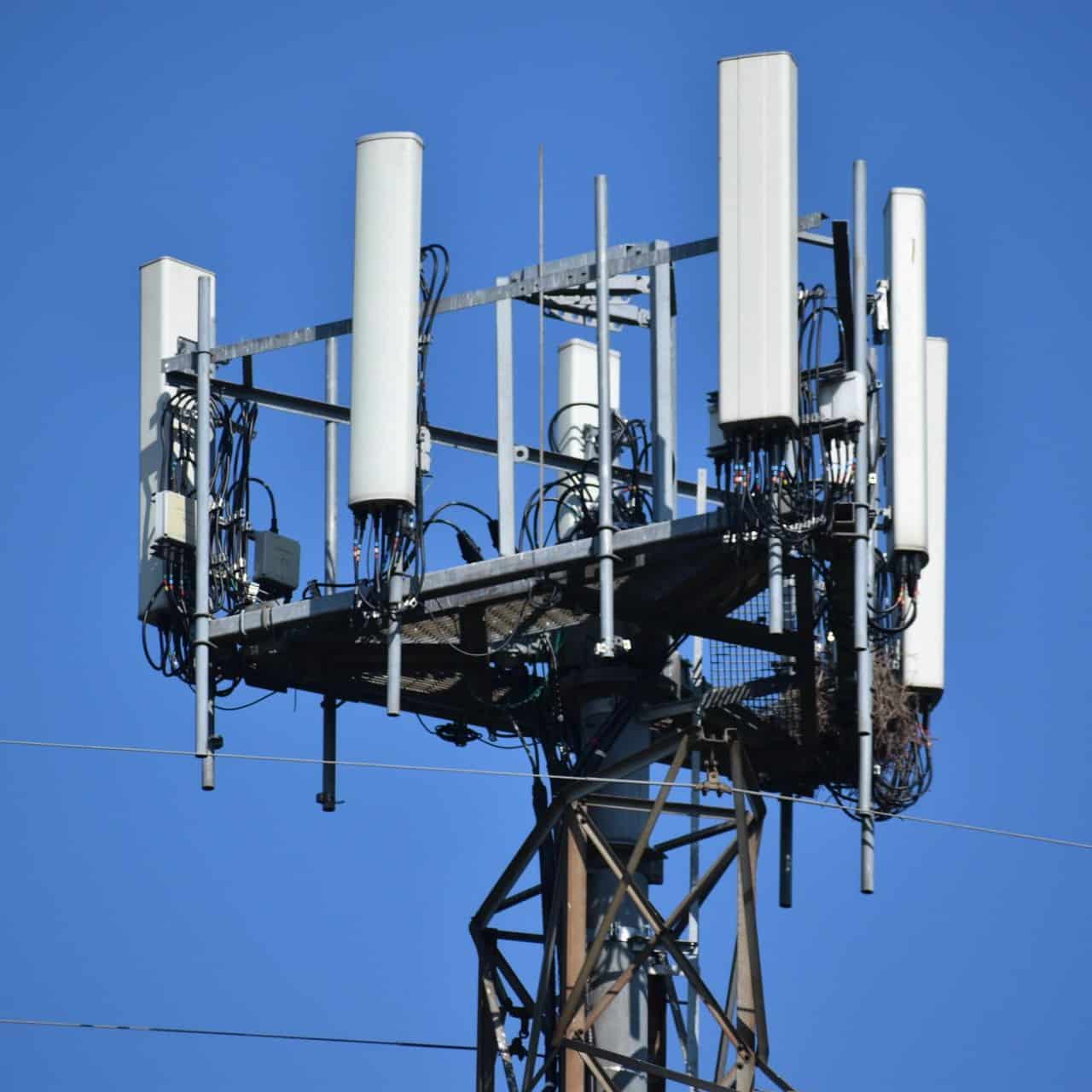Time is running out for the federal government to provide additional funding for the Huawei and ZTE rip-and-replace program, the FCC cautions in a new report. More than 100 providers, many operating in rural areas, are required to replace the equipment but 40% of them say they can’t meet that requirement unless additional rip-and-replace funds are made available.
That’s more than double the 19% of providers that, in January, said they wouldn’t be able to meet the requirements without a funding boost. The data points came from the program status reports that the FCC is required to file twice yearly.
Rip-and-Replace Funds
The rip-and-replace program, officially known as the Secure and Trusted Communications Networks Reimbursement Program, was designed to cover the cost for carriers to replace equipment from “covered” manufacturers. Those manufacturers include Chinese companies such as Huawei and ZTE, whose equipment poses a threat to national security, according to the federal government.
Congress made $1.9 billion available for the program based on initial cost estimates, but, according to a growing number of wireless carriers, costs have risen, and that budget is insufficient. A bill introduced in Congress without success earlier this year would have directed an additional $3 billion to the program.
In the new report, the FCC noted that program participants were allocated 39.5% of the funding they were expected to need to complete the removal and replacement of the covered equipment. The commission cautioned, however, that “notwithstanding this funding shortfall, recipients remain subject to the requirement… that they remove all of the covered communications equipment and services in their networks.”
More than half of the 126 companies that have applied for funding through the program have been granted extensions to their completion deadlines, which vary from one provider to another, the FCC noted. The commission added, however, that the extensions can only be for six months, according to program rules.
In addition to the funding challenges, providers also are reporting increases in other challenges related to the rip-and-replace program.
In the new report, 32% reported challenges involving labor shortages, up from 14% in the previous report six months ago. And 15% reported weather-related delays, up from 10% in the previous report.
The FCC also noted that “recipients have expressed concerns related to the processing of claims for reimbursement.” However, the commission didn’t indicate what percentage of providers made this claim.
One can’t help but wonder if the omission was deliberate, because reporting that number would have reflected poorly on the commission. It’s worth noting, though, that the commission has enlisted an outside fund administrator and, according to the commission, the fund administrator has increased staffing and “implemented other improvements.”
Currently, 14 of the 126 companies have filed final certifications indicating they have “permanently removed, replaced and disposed of all covered communications equipment and services that were in their network as of the date they submitted their applications,” the commission noted.



